The Future of Advertising, Communications, Education, Work and Content Consumption
The future of how digital content is served to consumers, students, corporate employees, and humans in general, is about to be revolutionized, in a way that even this ever-accelerating Digital Era could call ‘A Gamechanger’.
The way we are to be served, be it with Advertisements, Offers, A.I. Driven Robotics, or machine integrated Service Industry Assistants (such as the primitive chatbot, becoming a lifelike foyer attendant robot, that can converse with you sensibly, and make bookings, and solve problems for you as a hotel guest), are going to be the way in which we interface with the world.
This is going to be the trajectory of Human Civilization, and Society, be it official business with the system of rule and governance, corporate business, social events and gatherings, or entertainment, advertising and even sports and health.
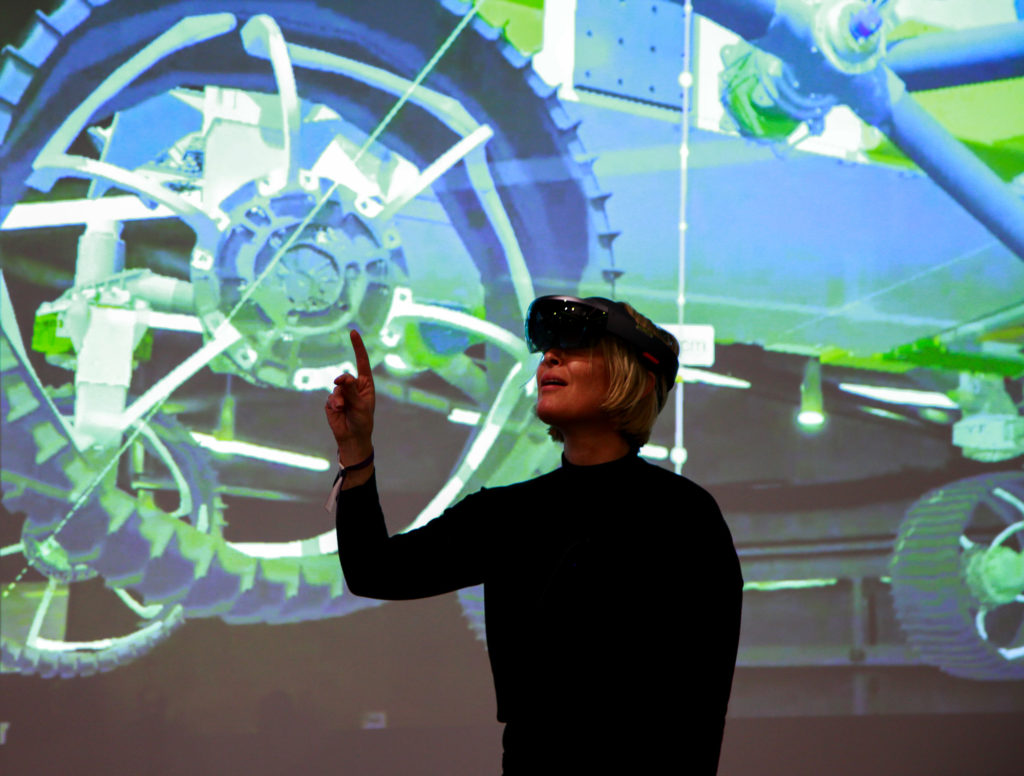
Image source; https://www.space.com/34674-nasa-augmented-reality-hololens-demo.html
This article intends to focus on the high priobability, and almost surety, that we will be experiencing Augmented reality overlays everywhere we go in public or private, which incept or do not (depending on personal privacy protocols which legislation will have to create to deal with prevention of invasion of personal peace and quiet).
However, before I begin to address and explain this matter, i feel it is important to bring the news of Open AI’s GPT3 artificial intelligence technology breakthrough to the attention of the reader. This is necessary, to show not only that we will be soon no longer able to distinguish between reality and augmented reality, but that also, how Augemted Reality Overlays are to become our main way of interfacing with the world, the system, data management, computing, work and play, and even relaxation activities, and health monitoring.

GPT 3 can write poetry, translate text, chat convincingly, and answer abstract questions. It’s being used to code, design and much more. I’ll give you a demo of some of the latest in this technology and some of how it works.
GPT3 comes from a company called Open AI. Open AI, was founded by Elon Musk and Sam Altman (former president of Y-combinator the startup accelerator). OpenAI was founded with over a Billion dollars invested, to collaborate and create human-level AI for the benefit of society. Recently a famous blogger was seen to have successfully folled everyone with a written article completely created by GPT3.
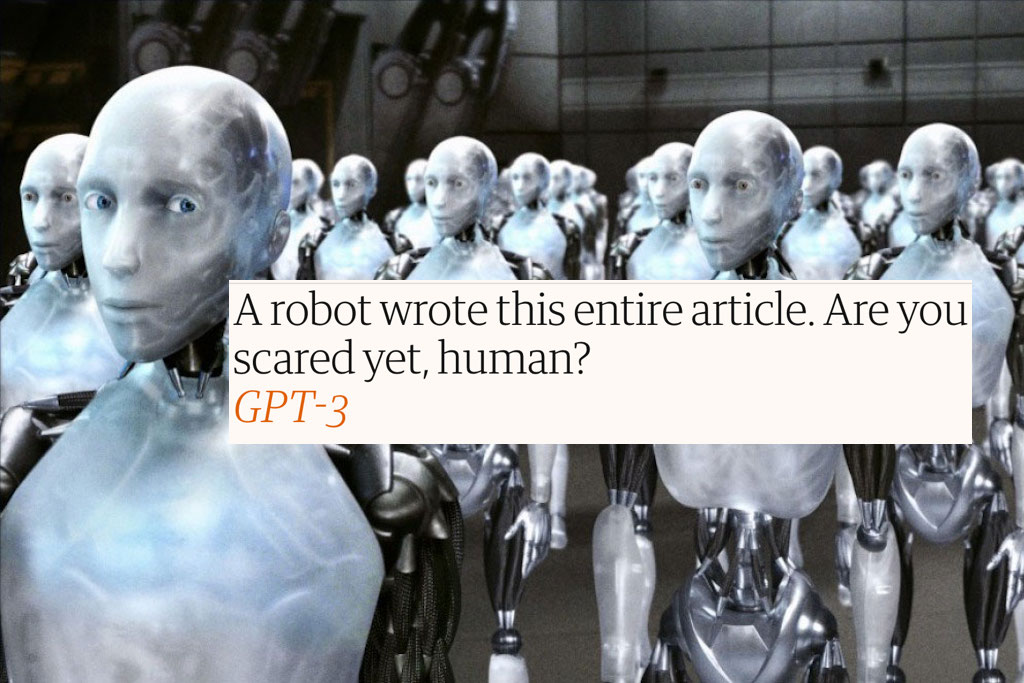
GPT 3 has been developed for a number of years. One of the early papers published was on Generative Pre-Training. The idea behind generative pre-training (GPT) is that while most AI’s are trained on labeled data, there’s a ton of data that isn’t labeled. If you can evaluate the words and use them to train and tune the AI it can start to create predictions of future text on the unlabeled data. You repeat the process until predictions start to converge. I mean, why employ a Human, when an A.I. algorithm can do it for you for free, 1000 times faster?
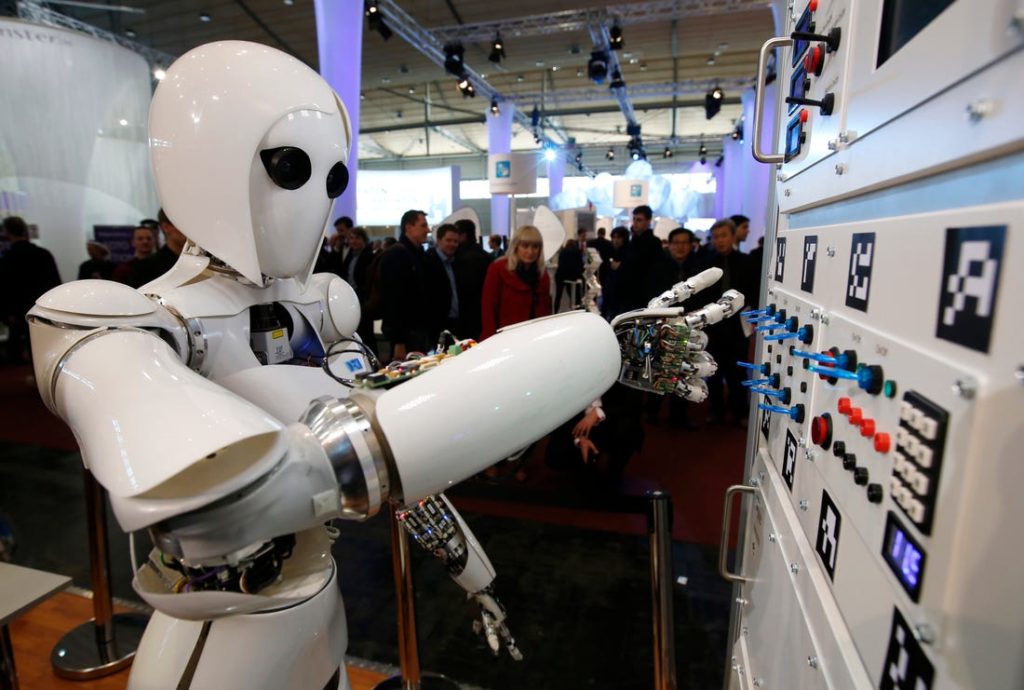
- GPT3 is capabl;e of many things, not all of which are public, but I can reveal some of the things it can do, and it should be obvious to any Tech Consultant, or even the average Tech fan Blog Reader, what Implications GPT3 means as far as speed of deplyment, and how it will affect different Industries as far as employing Humans is concerned.
- The demonstrations of GPT3 which are publicly viewable, include:
- A GPT Demo of how an Authored work can be written according to basic tyoped instructions, turning a paragraph or two into a 1000 word article that is almost impossible to differentiate from the writing of a real Human.
- A GPT 3 Demo of a Conversation between a person and a Famous Historical Figure, and a Famous Person.
- A GPT 3 demo of how to design a user interface using AI
- A GPT 3 demo of how to code a react application using AI
- A GPT 3 demo of an excel plug-in to fill data using AI
- A GPT 3 demo of a search engine/answer engine using AI
- A GPT3 demo of command line auto-complete from English to shell commands
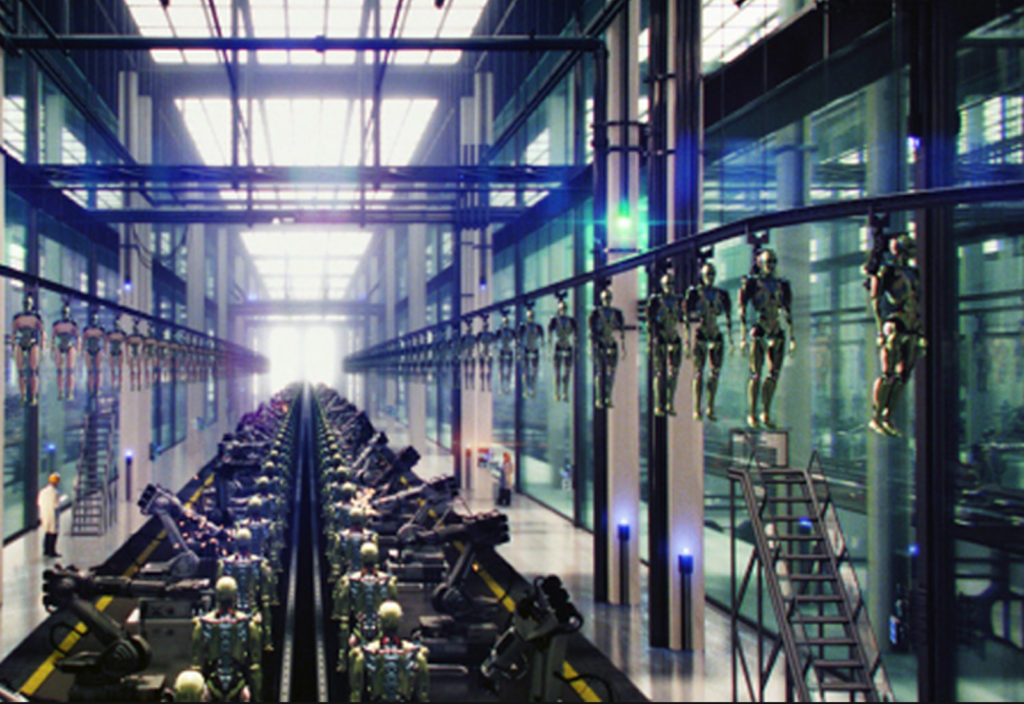
- Other aspects of its applied uses being displayed are
- Activation Atlases, Emergent Tool Use from Multi Agent Interaction, (AI Hide and Seek), and many other sandbox projects that are open source, which has proved to be the most rapid way to advance any technology. Modern neural networks are often criticized as being a “black box.” Despite their success at a variety of problems, we have a limited understanding of how they make decisions internally. Activation atlases are a new way to see some of what goes on inside that box. (Sic OpenAi.Com)
- Even Microsoft has got involved with Musk’s GPT3, as welll as Google, Apple and Amazon being left on the starting line taking immense time amounts to process and crunch and render data, whereas Musk’s GPT3 is leaving them in this, what till now, was the stone age phase of the Digital Era.
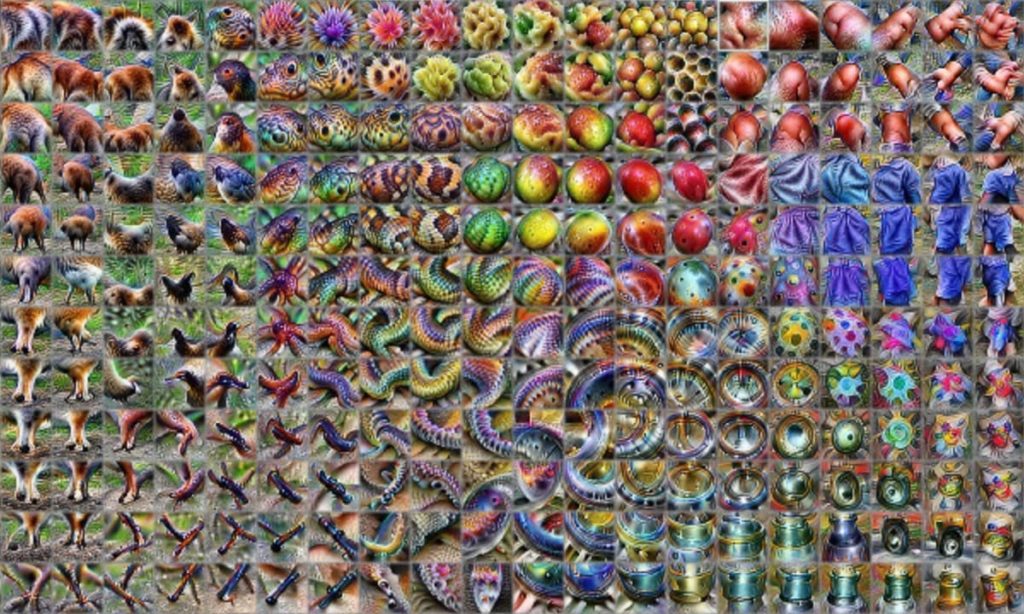
Some early beta testers with invites to use the API, are already finding other applied uses for it, which is why Elon Musk made it Open Source, in order to increase the speed of discovery and number of experimenters around the world, and achieve a rapid advancement in the development of this potentially massive technology which could alleviate Humanity from most menial or complex tasks, so we can focus on planning and administrating the basic goals, and let A.I. fill in all the details for us.

I would like to now get on to talk about the rise of OBM and the rise of Holographic AR and VR Technologies. But to now get into how the future of Digital Content is about to change its face forever in the way it is served.
Holo Ads in AR and VR will become the norm, and just like China’s Surveillance State has CCTV cameras all over the public squares, Malls and Transport areas, and in the UK, even up to placing CCTV in every small cul de sac and street of the cities and villages, we could imagine holographic Augmented Reality Projectors around the world ready to serve us living moving oversized or life sized holoads, which with the aid of User Location and third Party Data Cpllector sharing would allow you to be serrved with an ad in the form of your favorite flavor of M and M’s jumping out in front of you in the supermarket, and dancing and singing and crying that you dont love it anymore to make you feel sorry for it and buy some.
One can even now afford this technology for one’s own small business in fact, which indicates the arrival of the technology on the public marketplace, but also reveals how big this is going to influence the advertising industry, when projectors that can be hired and timeshared like LED billboard ads in Times Square, but use location based ads and notifications like Google already does, warning you when you are close to a place it knows you are interested in. This is called Geolocation Based Advertising, and uses AI Profiling of your preferences, as well as what you ask to be notified about, to serve you content and ads.
So the future of advertizing, and content consumption, is AR projection, once we install the hardware like China and the UK installed CCTV Nationwide. One will see it begin to appear first, in places of economic wealth. such as Times Square. In truth, we already have Holoads in limited form installed in shopping malls, which project a moving hologram in the storefront displaying products, so the Technology is already implemented, and the hardware for it is already existent. Even hardware for holographic displays of food on the menu of your own small restaurant is now an affordable product
But the cost of the hardware and minimizing the size, is the main next hurdle to cross, before advertising can be served to anyone anywhere on the street, in a bus or train, a corridor, or even sat on the toilet. Privacy Laws will also be sent into turmoil as they will not be and even now, are not able to re-write legislation to cover all the legal issues and dangers implied by the unstoppable and ever accellerating advancement of Technology.
Holo Ads with Intelligent Interactivity using GPT3 AI and OBM Technology GPT3 will allow Holo Ads to come to Liufe and interact with you in a way thaty is difficult to distinguish froom conversing or interfaciing (interacting) with a real Human. 3GPT is even able to emulate empathic responses, and so could even be programmed with fail and success data on how to talk a suicidal persono down from a balcony and not harm themself.i The impluications are limited only by human imagination, but for sure is the fact that Advertising, has its future in Holographic AR, and if that is so, then we could also enjoy Netflix VR, or AR, in 3d on a restaurant table if we wished.
Or, if Netflix location sensors said ‘this is a public place you cannot share this movie with the public’ it will then work at home on the kitchen table, and you can watch the movie from all angles. Walk around it as it plays out. GPT3 and also OBM (Object Based Media), will then bring Interaction into play, so ypu can Interface, and Interact with the content you are being served, such as make a choice for a character in a movie, which GPT3 would create an infinitude of possible outcomes, depending on your responses and interactions, making a single movie possible to watch, play a part in, and see a different story and outcome every time, 999 times over and more.
The Future of Content Consumption is GPT3, AI Driven, Holographic Augmented reality. Even now with a holo lens or a PS4 headset ion VR i can watch a movie on a screen that is triple the size of my 65 inch Sony Bravia effectually. as to VR, lately i played Iron Man VR game on PS4, with a VR headset, and was finding it difficult to distinguish reality from illusion, as i actually felt my feet hit the floor as i landed, which is a sensory deception. One can also call up multiple pc browser and app screens in VR with a headset and operate a pc without a screen like this. With projection instead of glasses or headsets or screens, we would then be free of cables and limitations of space, and not bump into things.
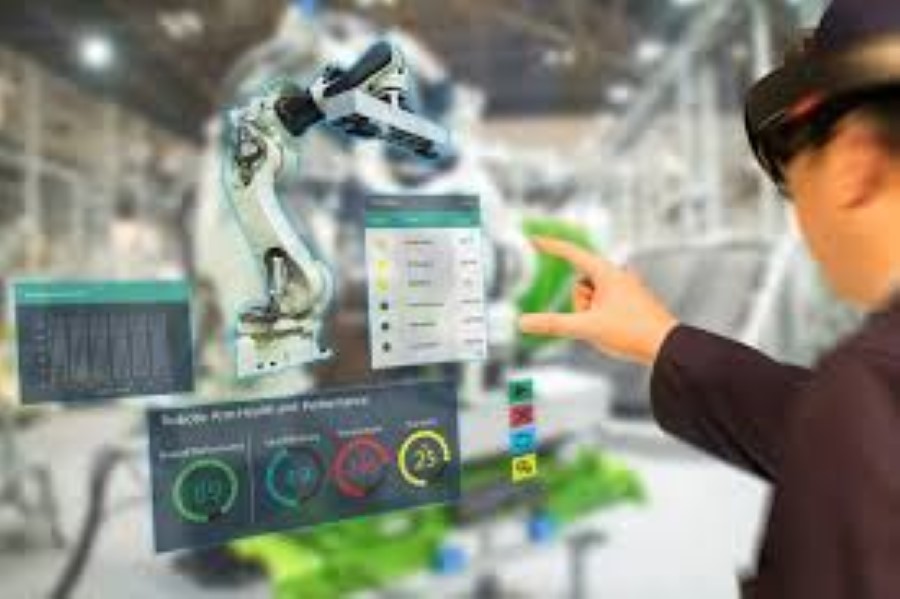
3D Tv came and went 3 times in History, and VR has failed 3 times already too. This is because people do not wish to wear heavy garb on their heads or over their eyes, and so the key to this AR overlaid future reality, we will be living, is in dcreasing the price and size of Holographic projectors which would open up a whoole new dimension for the world of advertizing, and for all forms of content creation and consumption. It is also going to change the worlds of things like Business Conferencing, or spreadhseet or 3d city building architecture presentations, with demos of how the AI works with smart cities, using AR projected 3D models which are interactive and respond to voice or typed commands, or even signals (gestures or face expressions or gazes/eye blink codes).
Transhumanism is also going to affect how some of us consume and experience the content delivered, differently to others. Such as the color blind Neil Harbisson who suffers Achromatopsia (Color Blindness), and hears colors, instead of seeing them, using a prosthetic antenna.
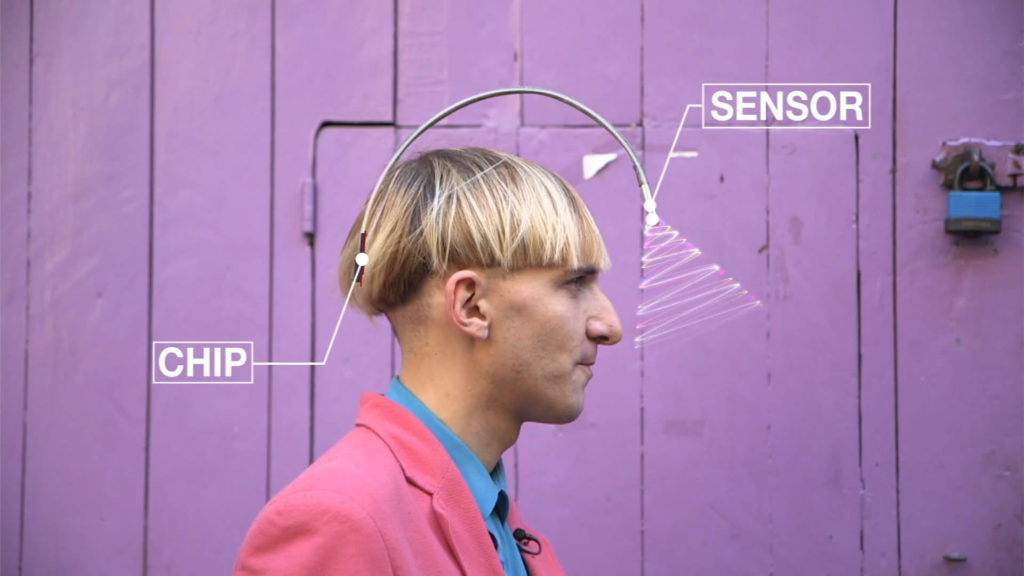
What is Transhumanism? Well, Wikipedia defines the word saying
“The biologist Julian Huxley is generally regarded as the founder of transhumanism after using the term for the title of an influential 1957 article. he term itself, however, derives from an earlier 1940 paper by the Canadian philosopher W. D. Lighthall.[ Huxley describes transhumanism in these terms:
Up till now human life has generally been, as Hobbes described it, ‘nasty, brutish and short’; the great majority of human beings (if they have not already died young) have been afflicted with misery… we can justifiably hold the belief that these lands of possibility exist, and that the present limitations and miserable frustrations of our existence could be in large measure surmounted… The human species can, if it wishes, transcend itself—not just sporadically, an individual here in one way, an individual there in another way, but in its entirety, as humanity.”
The Future of content consumption is definitely going to be screenless, and the future of advertising is of course, AI Generated AR Holoads in Open World Public Spaces. Just like the Hoload Joy, in Blade Runner 2049

Why is this so? I found no better explanation as that given by Carsten Windhorst who wrote;
“The expense of pulling off an Augmented Reality campaign pales in comparison to traditional print or broadcast advertising and establishes a longer-lasting, deeper connection with your consumers via an emotional connection, which in the end turns to more repeat business and sales. Here are the real reasons to think hard about utilizing an AR campaign.
Innovation: it’s always good to be first on the market. What AR is offering isn’t just a one-off ad campaign. This is a cutting edge approach by a destination marketing group, the first of its kind, to use augmented reality to change consumer’s perception. Whenever the industry catches on, nobody else will have been first, and whoever chose an AR advertising will be looked at as innovators.
Inexpensive: Print advertising in magazines tends to be significantly more expensive than online or digital ads. Many large monthly magazines charge upwards of $100,000 for a four-color, full-page print ad (one time), a cost determined by CPM (or cost per thousand readers). For example, Sports Illustrated’s 2011 Swimsuit Issue (albeit a once-a-year publication) charged a base rate of $405,300 for a one-page, four-color full-page ad.
Emotional Connection: AR takes marketing strategies to a more immediate and sensory level with customers, allowing greater interactivity in the selling and buying process. AR can create an emotional connection between what the buyer is searching for and what the product can offer. In short, it gives the product a personal feel when consumers can picture it in their own world.
Driving Sales: At the end of the day, it comes down to ROI on any campaign. The key to developing successful AR campaigns that provide customer engagement as well as translate to sales will be ensuring that they support the local communities they’re used in while creating unforgettable experiences for the customers using them.
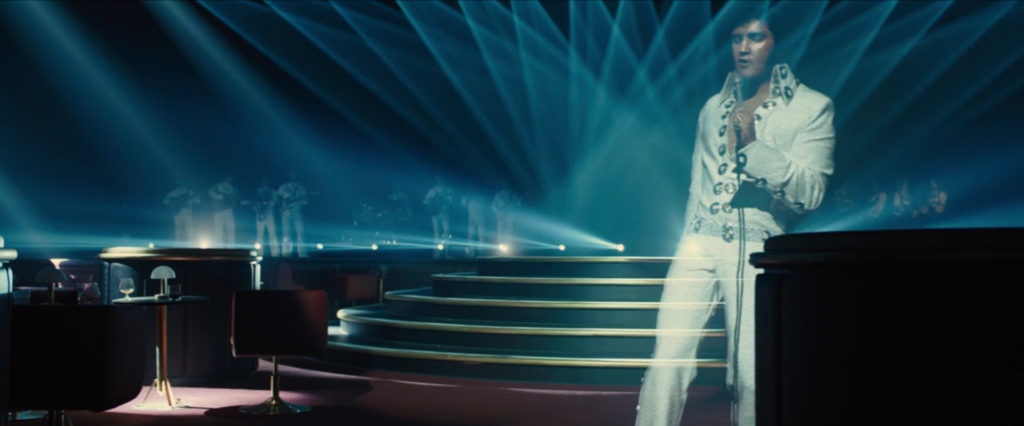

But what is needed for this future i envision, considering we already have both the hardware and software, is the transition fro using headsets or apple glass tyope interfacing accessories and headgear, to just have public use ‘for-rent’ projection devices on the street and within public edifices, because the only way to make holograms and 3d immersion, and VR/AR content attractive to common public, is to get rid of the accessories, headgear and wearables as necessary components of the experience.
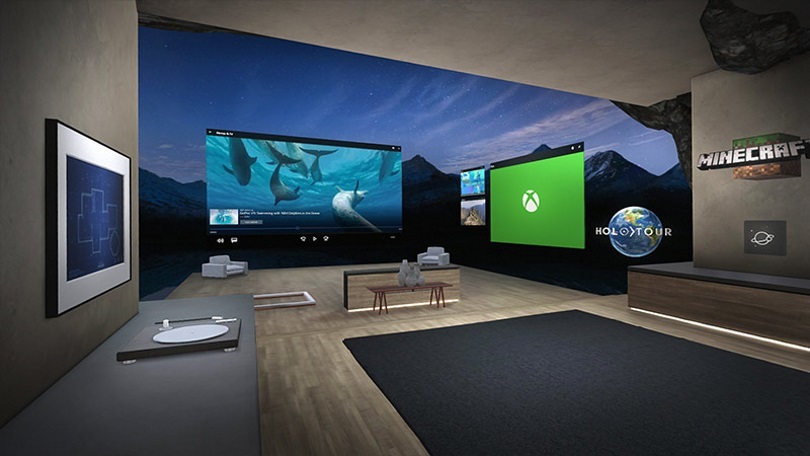
The below video shows how the headset is an obstacle to the flourishing of this medium of content and how the new projection thardware that has become an affordable technology with AR becoming more attractive than VR
This would make the AR experience and open world unlimited experience, that is easily accessible and reaches more than just people on mobile and pc using the internet. Be you connected to the internet or not, with face recognition, sensors and projectors, you can be served with personalised recommendations and ads and tips wherever you are. That is, assuming this technology gets to be used ethically by the megacorporations (which is not very likely), and by Governments (which is something that is completely unlikely).
Whilst China installs CCTV, we could be installing Projector Cameras to serve entertainment, communications, and enable ease of access to any form of content for private, corprate, state, or public use.
And so, with the age of AI, AR, VR, and Iris and Face recognition, are we facing a Dystopia? or are we Facing the unleashing of a new technology that will put the flat glass viewscreen we have used for almost a century into the category of ‘things we used to use which now seem ridiculous’?
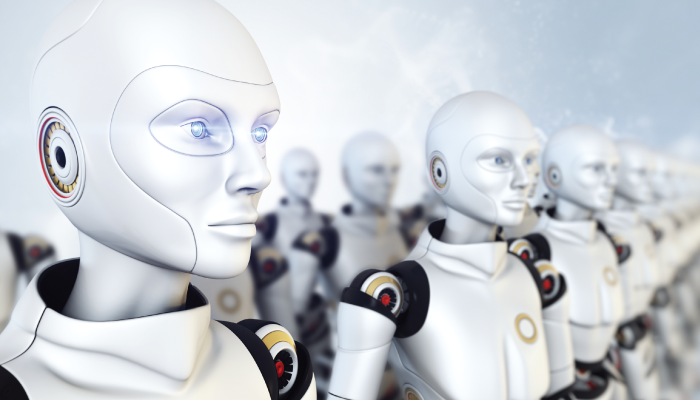
How is Holographic AR Technology going to affect the worlds of advertising, content consumption, and social interaction in the present and near and far future? What relevant implications have i forgotten to include?

The implication are so far reaching, that a 4 hour blogpost, with a mere 60 hours of research, is not enough to imagine what the future will do with this technology, nor how people will think of deploying it.
Human Ethics Postnote
Being Human, as you all are, i believe that Ethics and Goodness should always be a component of any activity performed by humans, be it business or pleasure. I do however worry and doubt that we will not abuse this technology, knowing that most of Humanity is driven by greed, pride, competitiveness, and self preservation. As well as being very vengeful and unethical, when it comes to imaginary desire arousing concepts like ‘wealth’, which were the cause of much trouble in Feudal times, and the reason for the Feudal System. In the end it is all about wealth and land control which are interlinked.
Corporations are not real persons, they are legal persons (mindless machines) and do not have ethics, so we can expect a dystopian type future, but this is not something to be shocked about, for indeed, the present world we live in, is already Dystopian, so it would just be a more technological Dystopia that existed since long ago, roughly around the feudal era, when the true legal deployment of land ownership began to be used and abused, and taxes were placed on people for land that was claimed to have been given to the leader of a gang of men in shining armor on horses, who said that some god had given it to him. But then this has nothing to do with my ‘master The Web’ blog, so i shall reserve myself and post about that on my own personal blog Ajarn Spencer HQ
My next post in this topic will be for content creators, who wish to prepare themselves for working in this new area/dimension of visual interactive A.I.-OBM Driven Visual Consumable Content



